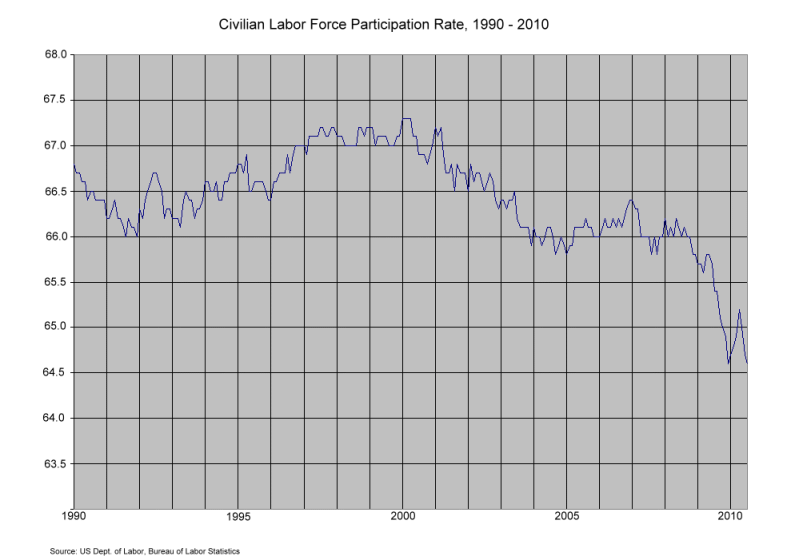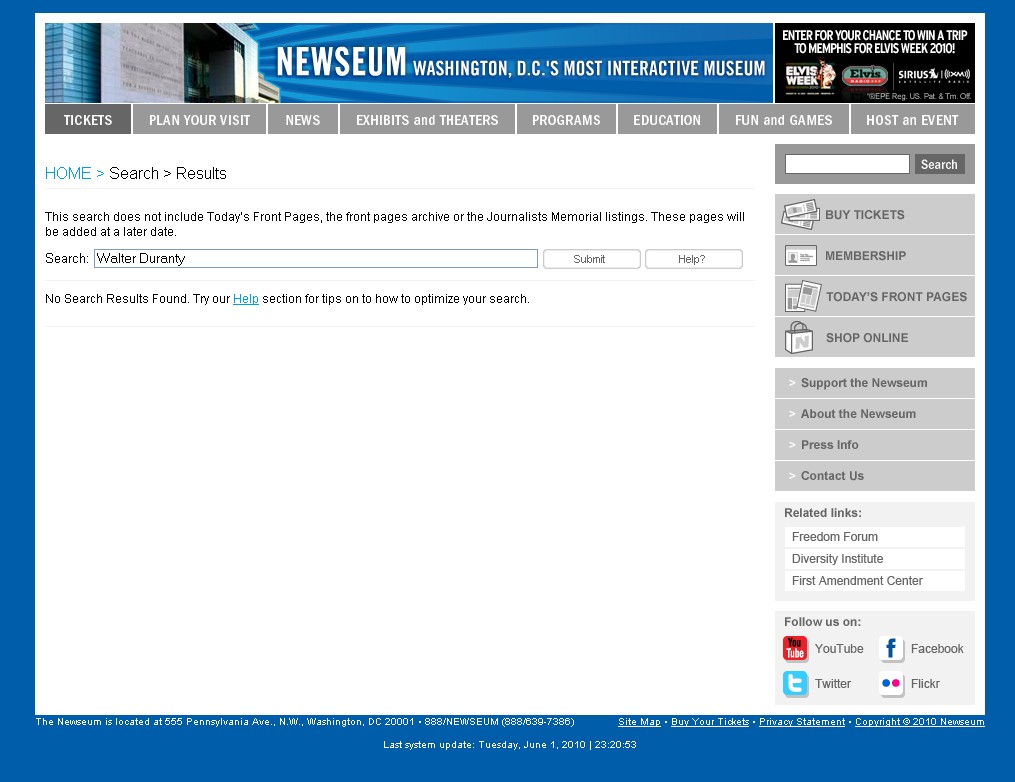[Officer] Chalifoux said, “When I asked him to recite the alphabet from A to Z, he said, ‘I can’t do that.’ When I asked him why, he stated, ‘No one could do that. From A to Z? Come on. That’s crazy.’ ” From the Boston Herald
 Mitch Townsend
Mitch Townsend
Timely Topic
Sept. 30, 2010: IASB proposes Severe Hyperinflation amendment to IFRS 1. “The amendment proposes guidance on how an entity should resume presenting financial statements in accordance with International Financial Reporting Standards (IFRSs) after a period when the entity was unable to comply with IFRSs because its functional currency was subject to severe hyperinflation.” This is good information, and I expect to study it closely.
I’m exaggerating to make a point here. Hyperinflation is unlikely in the US and EU. Inflation, long term, is nearly certain. Why? Because government debt is denominated in inflatable currency. The debtor has the means to determine the real value of the debt. Inflation would also permit the return of “bracket creep.” This prospect is delightful to the political class, as it passively increases taxes through wage inflation, while permitting nominal “tax cuts” through rate/bracket adjustments that can be artfully timed to coincide with the electoral cycle.
If you’re looking for the Bernanke Helicopter as a sign of coming inflation, you may already be too late. The Bernanke Submarine has already delivered its cargo and returned safely to base. The Federal Reserve’s politically invisible policy of paying interest on excess bank reserves has already created a monetary overhang of $1 trillion. So far, the expanded money supply has amounted to a subsidy for banks, as they can get the equivalent of the overnight Fed funds rate on all their reserves, not just the statutory requirement. The government has essentially printed new money, then borrowed it back in order to buy government and agency debt (quantitative easing).
This strategy, which has worked in the past in Japan as a countermeasure to deflation, creates its own risks. First, it has a tendency to reduce whatever stimulating effect other measures might have by soaking up money and taking it out of circulation. Why should banks lend money to businesses and consumers when they can safely lend to the Fed? Second, it can be difficult to exit. At 0.25%, the Fed is up against the limit of zero interest rates, so the effectiveness of quantitative easing as an anti-deflation device is near its limit. But even if it stops being effective for the purpose, the Fed has a wolf by the ears, and can neither hang on indefinitely nor let go safely. To unwind the position, it would have to sell government and agency debt in the open market. Done abruptly, it would effectively raise interest rates by depressing the price of government debt, immediately inflating the currency. It would have the same effect as an overt currency devaluation, and carries a risk of hyperinflation. Done gradually, it has the risk of continuing to lock up money in the banking reserves and restricting growth. Done clumsily, welcome back stagflation.
The only good exit from this bind is a growing economy. A small amount of inflation is always a by-product of vigorous GDP growth. To the extent that other government policies discourage GDP growth, the Fed’s strategy could make matters worse.
Laboring Under a Delusion
I have always been a little suspicious of the official unemployment rate, just from observing the ways people can be in or out of work, and the many ways it can be measured. Disability and workers compensation claims seem to rise when jobs are scarce. People may decide to go to law school, stay home with the kids, take temporary jobs, or start drawing a pension rather than continue a fruitless search. None of these substitutes show up in the unemployment figures.
I find the labor force participation rate a lot more straightforward. It includes anyone over the age of 16 who has a job, whether permanent or temporary. The rate of participation declines as a population ages, of course. You can drill into the Bureau of Labor Statistics database for more details, but the overall picture is pretty bad.
At the end of 2008, it all went south in a hurry:

The National Bureau of Economic Research nearly called the end of the recession as July 2009 at their April 2010 meeting, based on positive GDP reports, yet job losses are accelerating (unexpectedly). There is very little point in trying to stimulate the economy while making it less attractive to hire American workers. How long before someone in the Obama administration figures that out?
Just a couple more observations, based on this chart and some of the other things I found rummaging around in the data:
- The jobs lost in the 2000-2001 recession don’t seem to have ever come back. The percentage of people in the workforce stabilized, but never recovered. This time, it looks like the re-employment picture will be even worse.
- The biggest change in the rate since WW II was caused by the massive entry of women into the workforce (not shown in this chart). In the past few years, the rate of workforce participation for women has actually decreased slightly. Men’s employment picture is far more dire, but the change in women’s employment rate, while much smaller, is unprecedented.
- The Boomers are not retiring. Their workforce participation rate is well above forecast. Have you looked at your 401(k)?
How are Locusts Different from Congressmen?
Both species gang up to devour everything they can find, spreading ruin. According to this article, being part of the devastating horde triggers the development of the brain in one species.
This phenomenon has never been observed in Washington DC, where the ravening swarms of the other species are most often found feeding.
